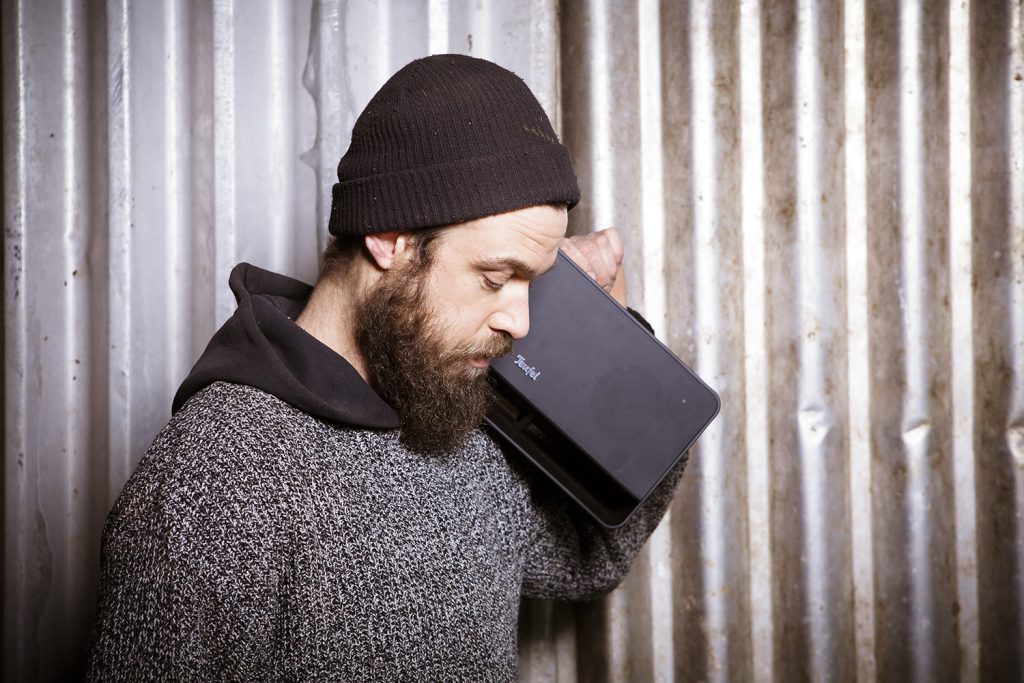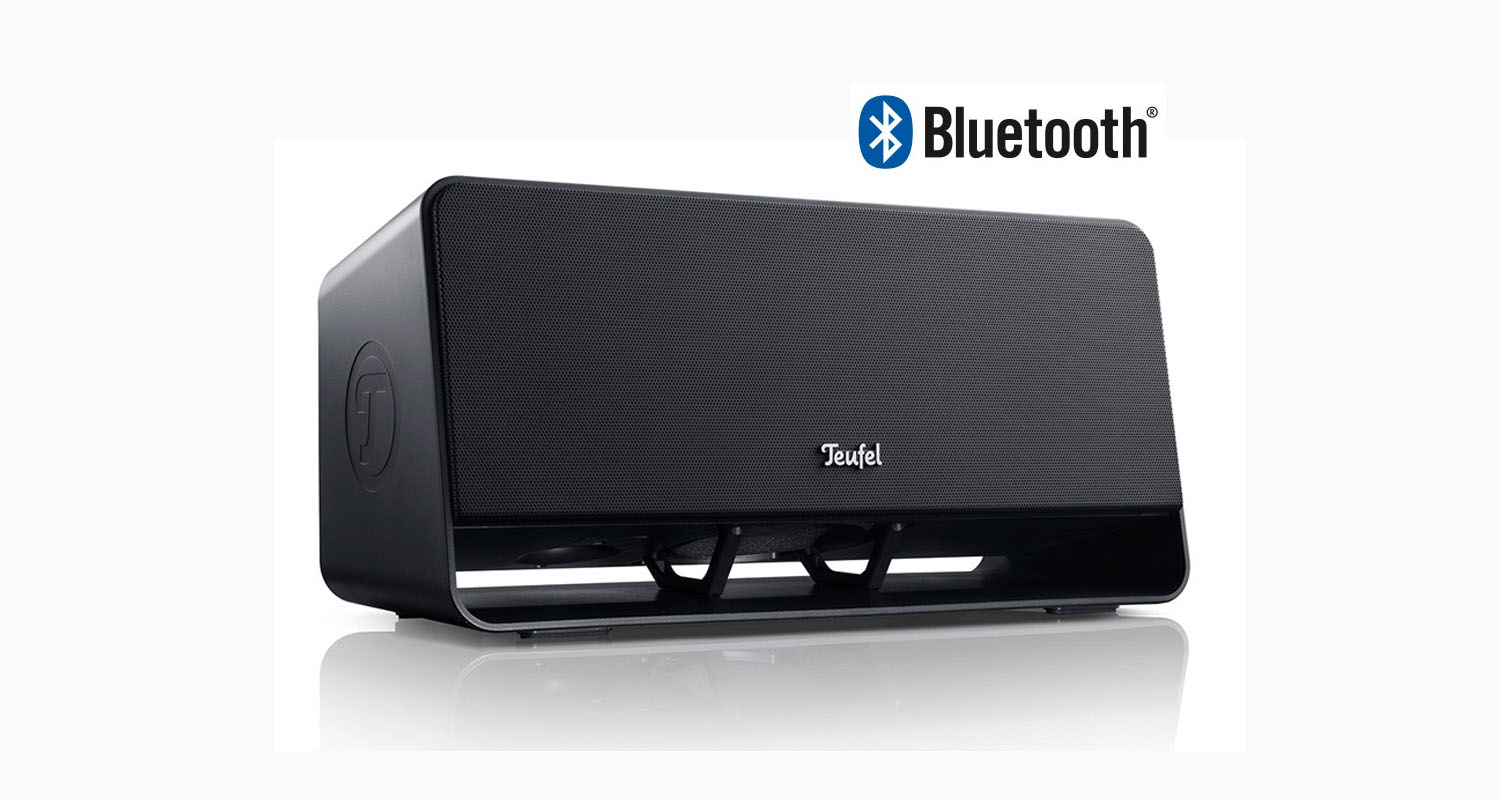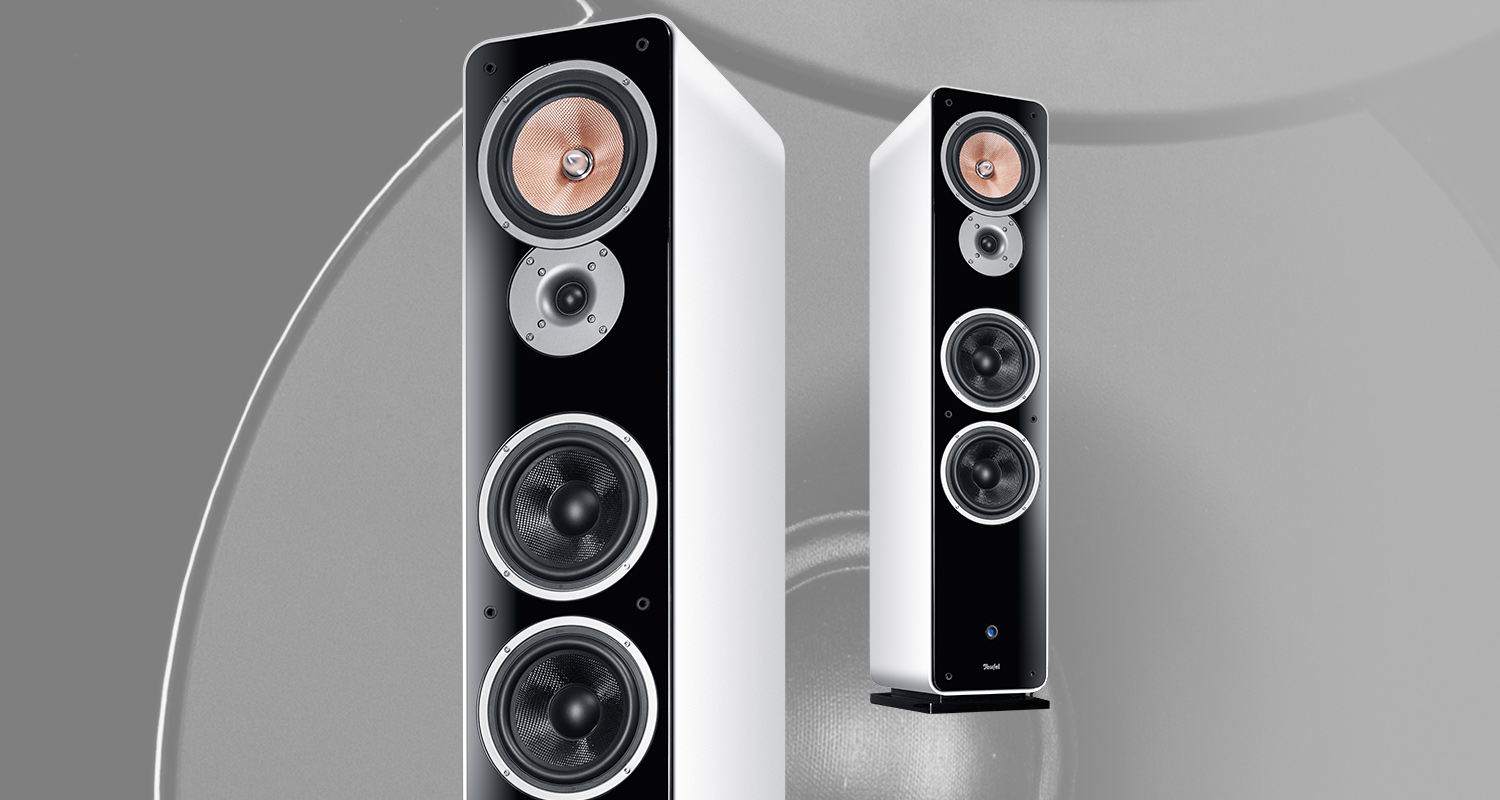When it comes to wireless technology, most people automatically think of Wi-Fi, a means of wireless information transfer that’s available in many homes and anywhere else Wi-Fi hotspots can be found such as hotels, airports, and many offices. The magical-seeming and ever-present Wi-Fi is created by wireless routers, small devices connected to modems that take the incoming signal and channel it to all available Wi-Fi-enabled devices via high-frequency radio waves. Wi-Fi networks are popular because of their ability to provide fast, wireless connections to large numbers of people.
That other way to stream
Bluetooth, on the other hand, is a wireless networking standard that allows devices to communicate with each other by means of short range radio frequencies and a shared set of protocols. The network created between Bluetooth-enabled devices is know as a Personal Area Network, or PAN. Unlike Wi-Fi networks that can extend over 90 meters in outdoor environments, devices that communicate with each other via Bluetooth can be no more than 10 meters apart.
But unlike Wi-Fi networks, Bluetooth doesn’t require a wireless router to create an access point in order to work. This means that Bluetooth enabled keyboards and PCs can easily communicate after a simple initial connection process called pairing. In the case of a mobile phone or smartphone, one usually selects “Bluetooth” in the menu and then the device one intends to connect to. This device should automatically appear. The pairing process may require a pass code, but once the two devices are paired, they will instantly recognize each other whenever they are in range.

Bluetooth for audio streaming
Time was, Bluetooth was deemed an inferior way to stream audio because of it’s lower bandwidth. Today’s advanced codecs, however, deliver audiophile-grade sound with Bluetooth transmission. A codec is a program that compresses data to allow for faster transmission and then decompresses the data once it’s received. The Bluetooth AptX codec, for instance, uses an algorithm that manages to reduce the bit rate of audio files without compromising on sound quality.

The advantages of Bluetooth
- It’s truly universal. Bluetooth works with just about any device, regardless of the manufacturer. For instance, any smartphone can be – and these days usually is – Bluetooth enabled no matter what operating system it uses – iOS, Android, or Winows.
- You can stream anywhere. The Mojave Desert, an isolated south Pacific island: all you need are two paired Bluetooth devices. Devices that stream with Wi-Fi, on the other hand, require a Wi-Fi infrastructure including an internet service provider, Wi-Fi router, etc.
- It frees up your Wi-Fi. Using Bluetooth for audio can free your Wi-Fi for other important tasks such as surfing the web on your tablet or smartphone. If many people are sharing the same Wi-Fi, things can get crowded and transmission speeds can be affected.
- Bluetooth is cost effective. Bluetooth devices tend to be cheaper than devices equipped with other forms of streaming technology.
In short, Bluetooth is a good way to simplify your life, one cable at a time. Recline on your sofa with your notebook or tablet and control a stream of music on your stereo speakers or take your portable Bluetooth speakers on a picnic and play the MP3’s you have stored on your smartphone. If your loudspeakers are Bluetooth enabled, you can easily pair them with your source device of choice and enjoy sound completely free from pesky wires.
All pictures: Property of Teufel Audio



